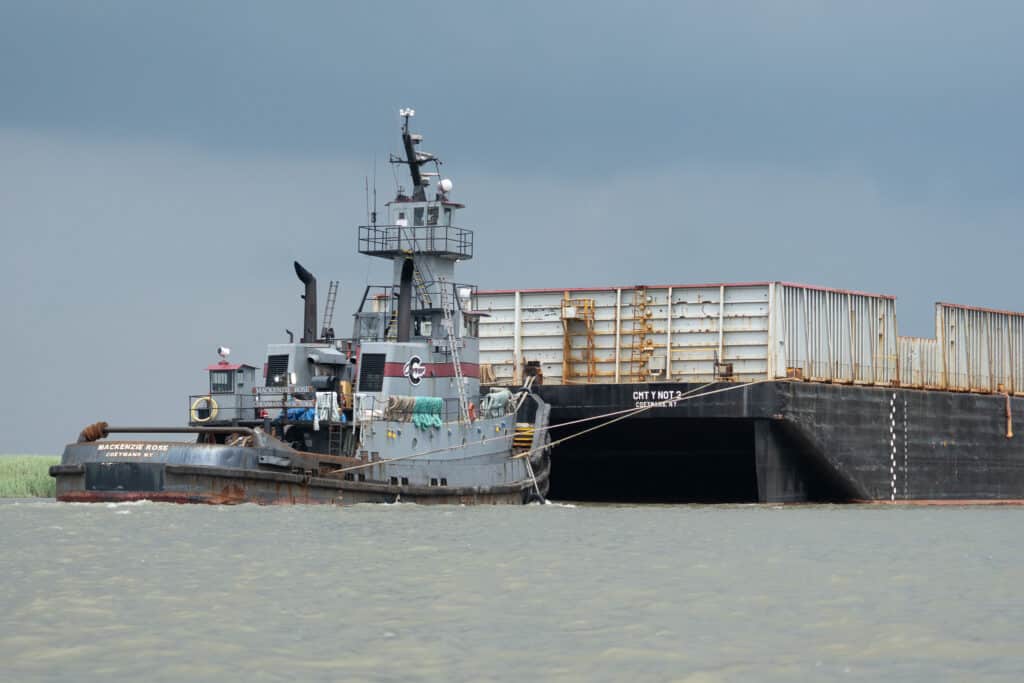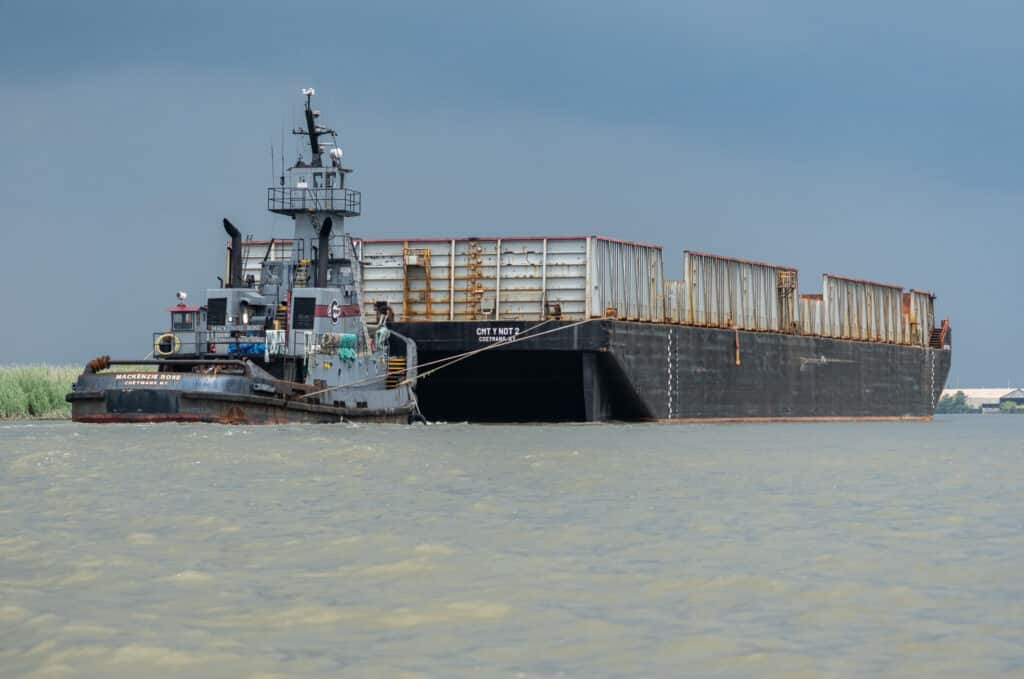River Rat Recorder
Don't Get Run Over by a Tanker
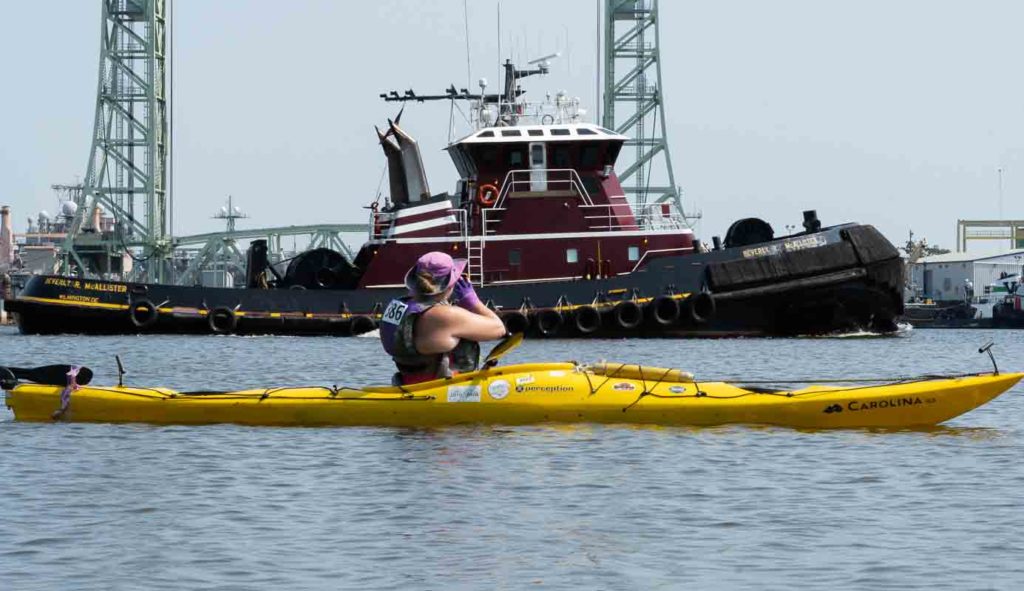
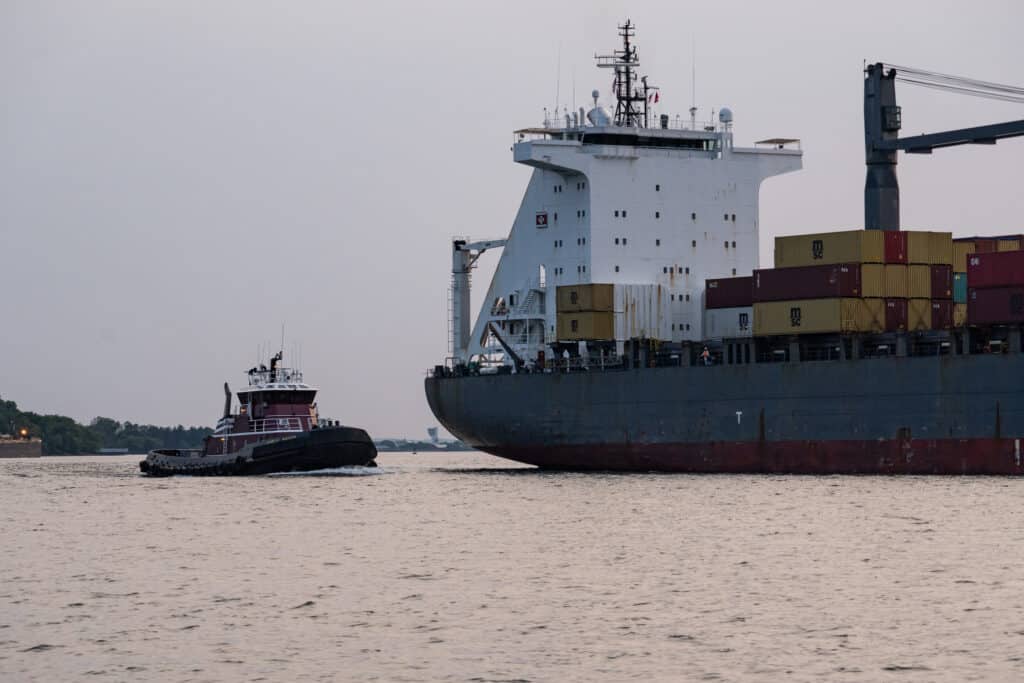
The ships and barges own the channel, and the kayaker has no rights in the channel legally, physically, or philosophically. The best place for a small boat is in the shallows, where a ship would have to plow through many tons of muck to reach a kayaker; ships don’t do well in mud.
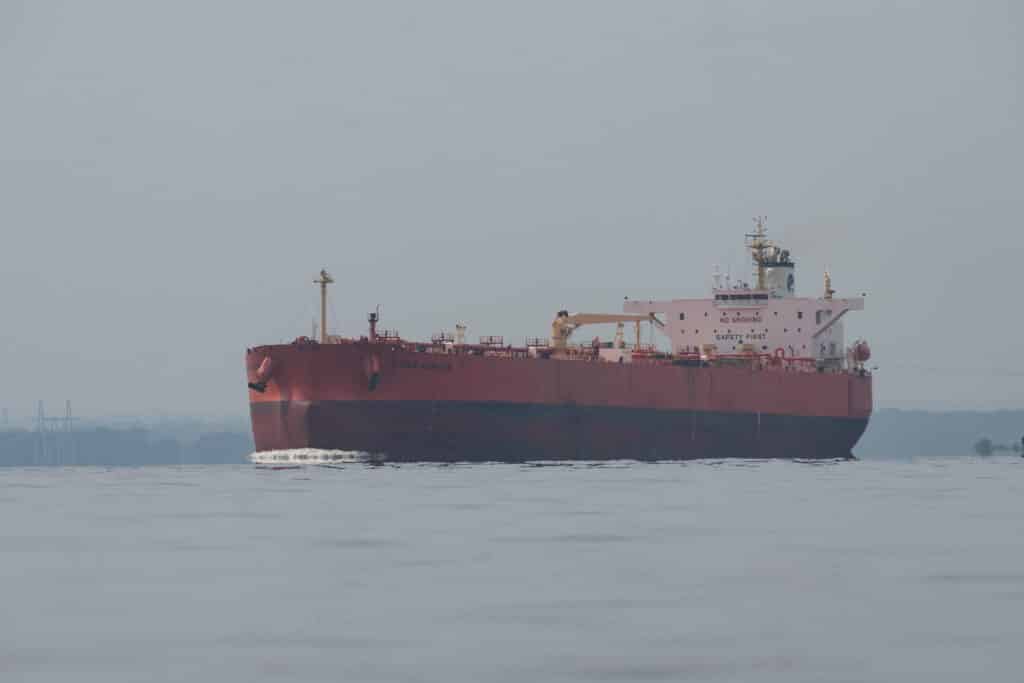
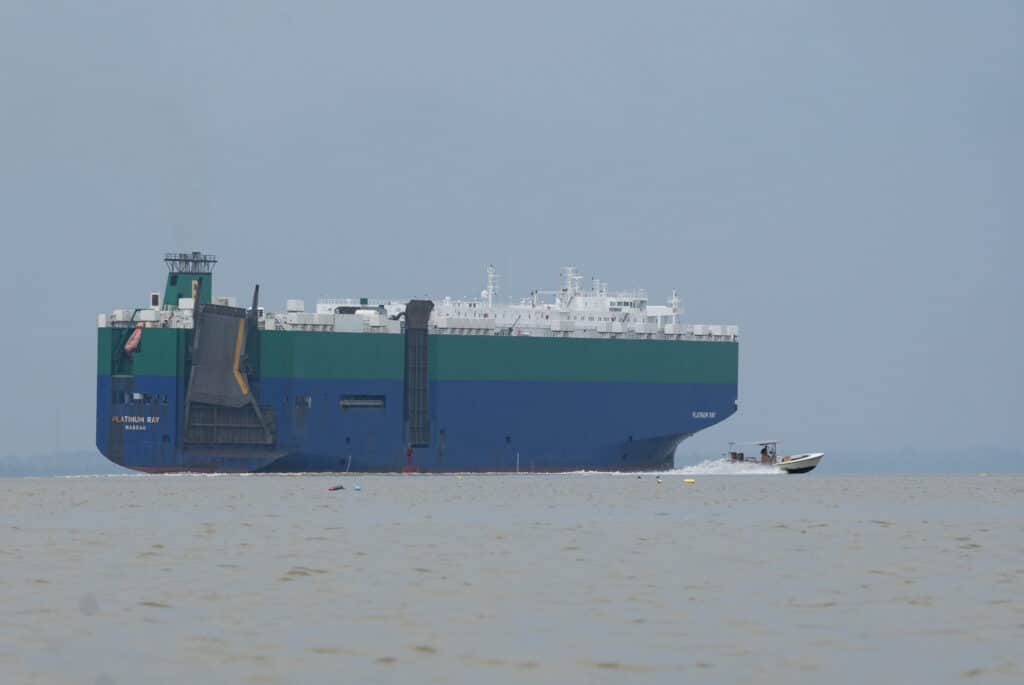
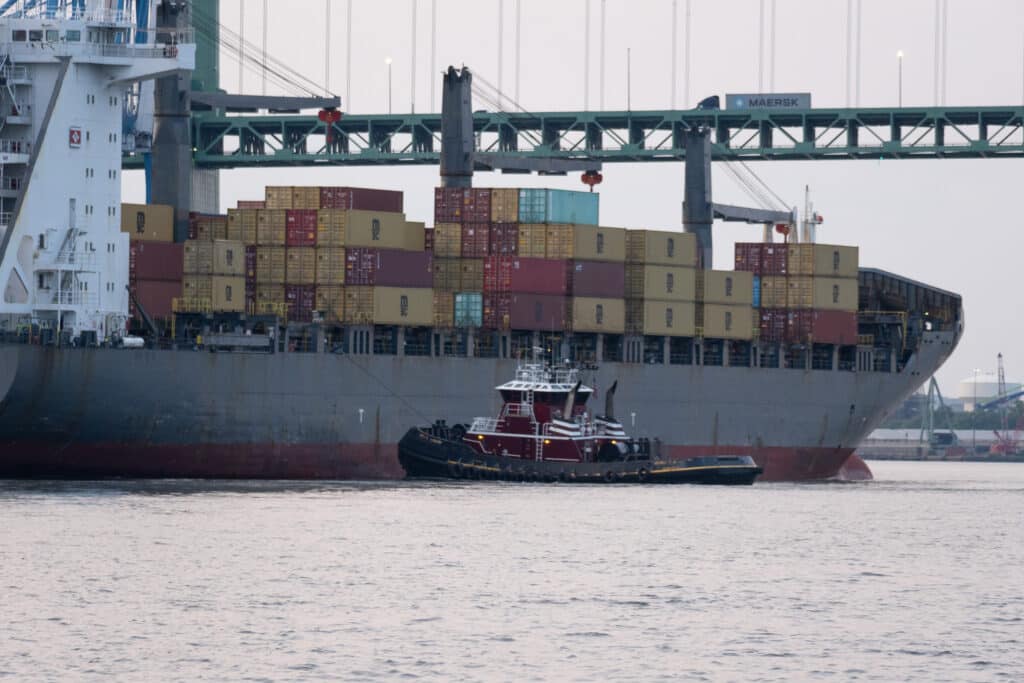
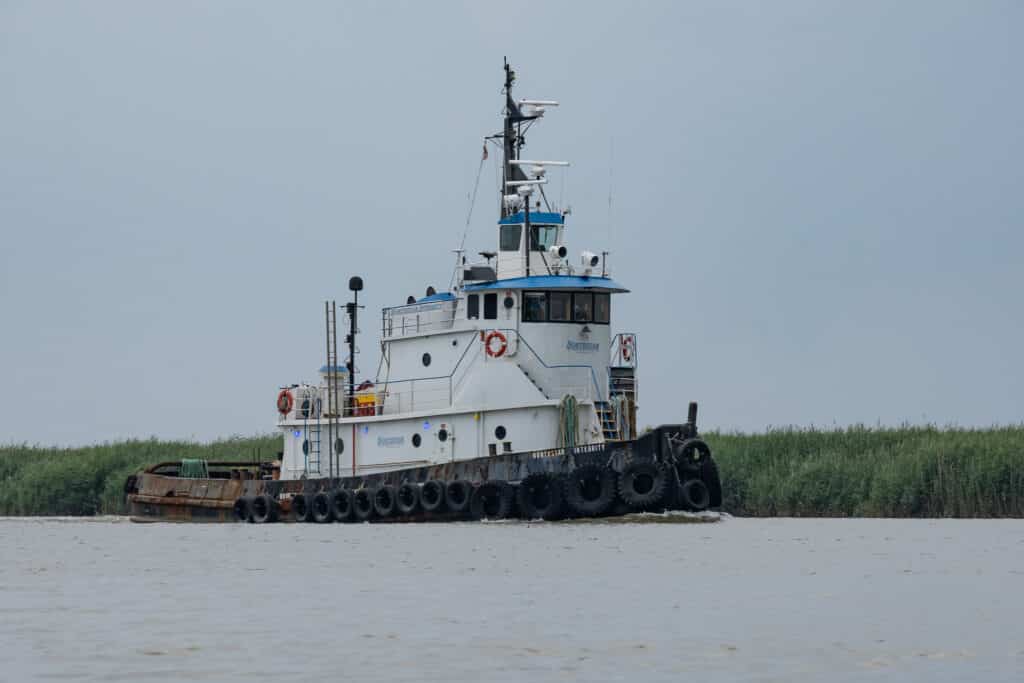

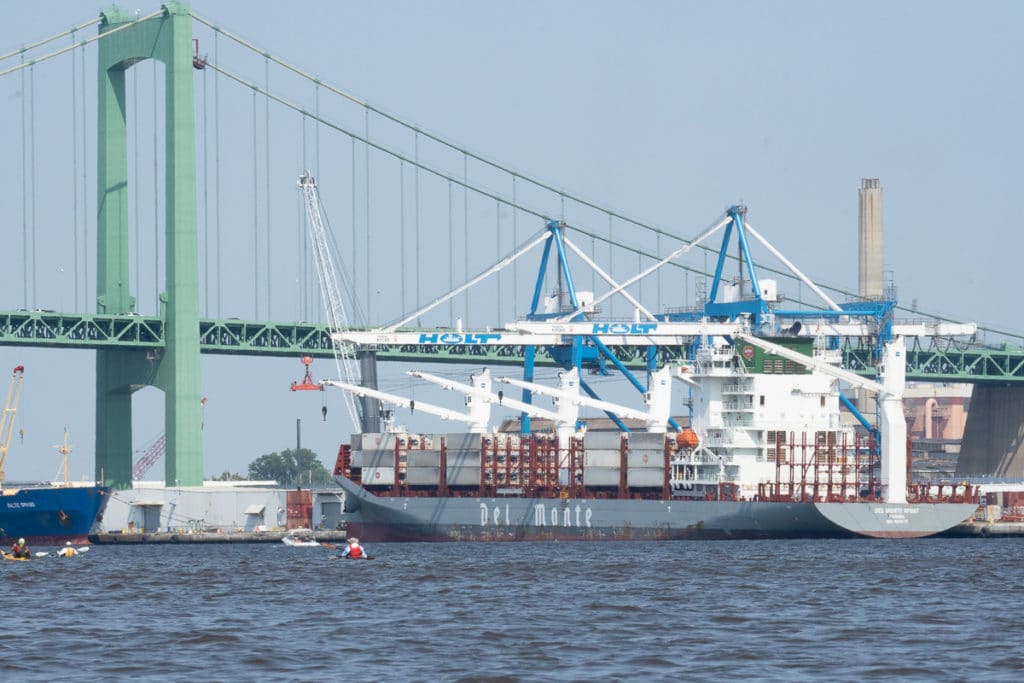
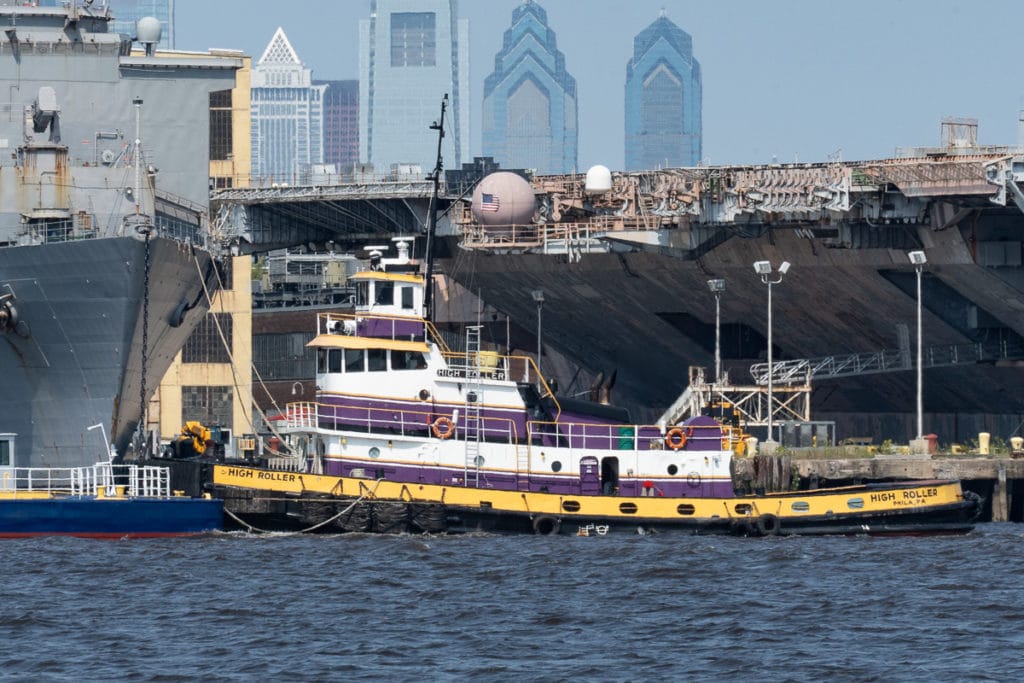
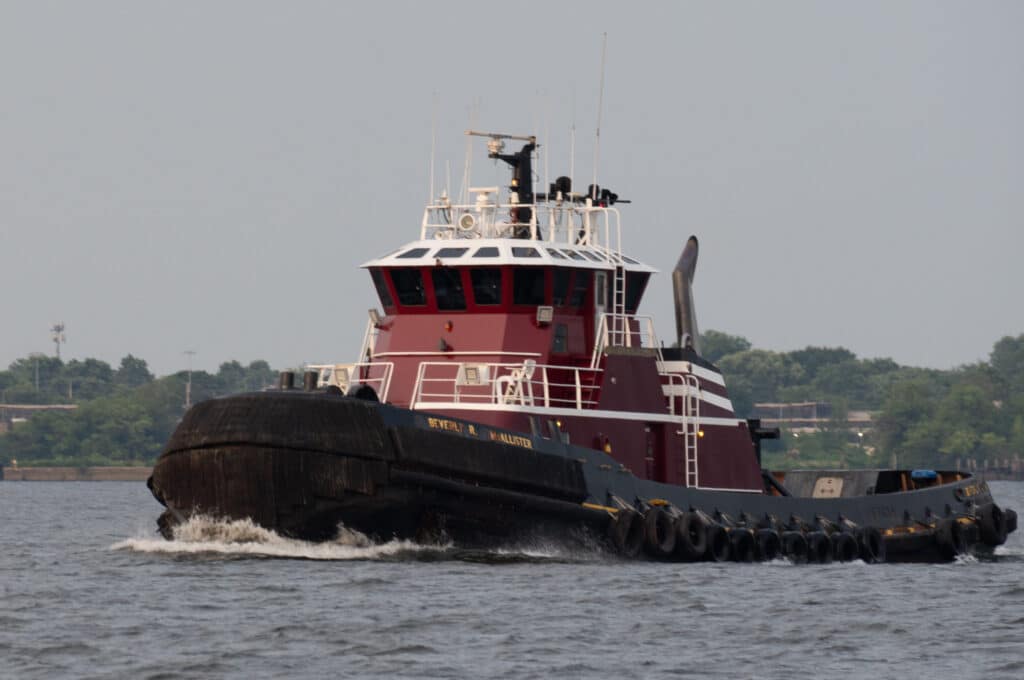
Avoiding the channel is generally not difficult; crossing is much the same as crossing the street. Pick a place with a clear view in both directions, wait for a moment when there is no traffic, and waste no time getting across. This means vigorous paddling and picking the shortest route across. All sounds obvious, yet ……
If there is a commercial vessel in view, just wait.
From the bridge of a ship, you are a scarcely noticeable dot on the water. This dot will disappear into a substantial blind spot if you are forward of the ship. The ship’s bow wave might push you to the side, or it might not. If you are in front of a barge, it won’t. Bumping along the bottom of a vessel for several hundred feet is not survivable even before reaching the propeller. Keel hauled then thrown into a whirling blade of death; what a way to go. The stain in the water will be a brief legacy. This is the risk if the decision is made to paddle across the bow of an oncoming ship. Think of the mountains of paperwork the poor ship’s officers will suffer through.
Crossing the channel is straightforward and easily done safely.
Passing a shipping terminal can be trickier and requires more awareness. The last place you want to be is between a ship and the dock as a vessel approaches a pier. Approaching a shipping terminal, be on the lookout for a ship that might be headed there, matching ship types to terminal operations. Container ships will be headed to a terminal with large square cranes, a tanker to a terminal resembling a pipefitters dream, a bulk carrier to a terminal with large piles of gypsum, scrap, metal, sand, or whatever. However, there are no guarantees; some terminals handle various cargo types.
The best course is to be on the opposite side of the river when passing a terminal. In some places, this is not possible, such as beneath the Walt Whitman Bridge, where there are active commercial piers on both sides of the river. Remaining above or below that section until the river is clear of traffic is best.
All maneuvers should make your intentions obvious; subtlety is inappropriate when dealing with a large steel structure of incalculable tonnage. The officers on the bridge of a ship should have no doubt that you are keeping clear.
Next, be aware of tug activity around the ships. Tugs assist ships when docking and accompany them when passing under bridges. McAllister and Moran are the primary companies engaged in ship handling on the Delaware; both have a red and white color scheme. Most of the other tugs are engaged in moving barges, sometimes in a specific business such as oil and sometimes in general service, construction, dredging, and lightering.
A small boat should remain clear if a ship is slowing and accompanied by tugboats near a terminal.
Two other resources are of use. One is a phone app tied to the AIS system, which will give information about a commercial vessel’s characteristics and destination. https://www.marinetraffic.com/en/ais/home/centerx:-74.8/centery:39.3/zoom:8 The stated destinations tend to be general. Knowing a ship is bound for Philadelphia might be helpful if you are in Wilmington but not if you are in front of a specific Philadelphia terminal. The second resource is a VHF radio. Ships and tugs use channel 13 to communicate, informing each other of their movements. A portable VHF radio can be a great way to stay aware of their activities but not communicate. Channel 16 is for general communications and is monitored by all commercial traffic and the Coast Guard. Channel 13 is for working vessels. Never forget the best information is gained from looking around rather than staring at a device.
Solid trip planning is the best resource when paddling near shipping, knowing where the terminals are, and planning channel crossings to keep clear of them whenever possible. For some, the best way to explore the main stem of the navigable Delaware might be to participate in an organized paddle. In many of these, the Coast Guard is aware of the activity and puts out a notice to mariners, support boats are available, and direct communication between the group organizer and commercial traffic is possible.
Contrary to popular opinion, big ships do not throw out huge waves. They create a surge that is most noticeable along the shorelines. A ship pushes water aside at the bow making a hole in the water, and this hole is filled as the vessel moves forward. On the riverbank, the water first rises then rapidly recedes as the ship passes. The faster a vessel travels, the more pronounced and damaging this effect is. Any boat must be moving forward to steer, but this forward movement is limited to prevent damage to a shoreline. For the paddler, the passage of a ship is not a challenge in terms of its wake. The water behind the ship is very disturbed, which slows progress. All of this applies to barges as well as ships.
The most formidable wakes are produced by light tugs, light meaning they are not moving a barge or ship. A tug is a large engine in the smallest practical hull. When working a barge or ship, most of its energy goes into moving the larger vessel. When traveling to and from work at speed, much of that energy generates waves. These rollers can present a challenge to a small boat. Steering towards them reduces the chances of capsizing but may mean water washing over a kayak.
Tidal current should always be considered when maneuvering near anchored ships or docks. It is always a good idea to ask, “What would happen if I capsized here? Would I be swept under an anchored barge or away from it?” A commercial pier is supported by a forest of pilings from which there is little chance of escape. Thinking of the worst case is the best way to avoid it.
The kayaker has more to fear from speedboats and jet skis than commercial vessels. The commercial vessels are operated by professionals who spend years mastering their craft and work in predictable ways. Vigilance and common sense are what’s needed in dealing with them. Don’t become a poster child for the uncommonness of common sense.
